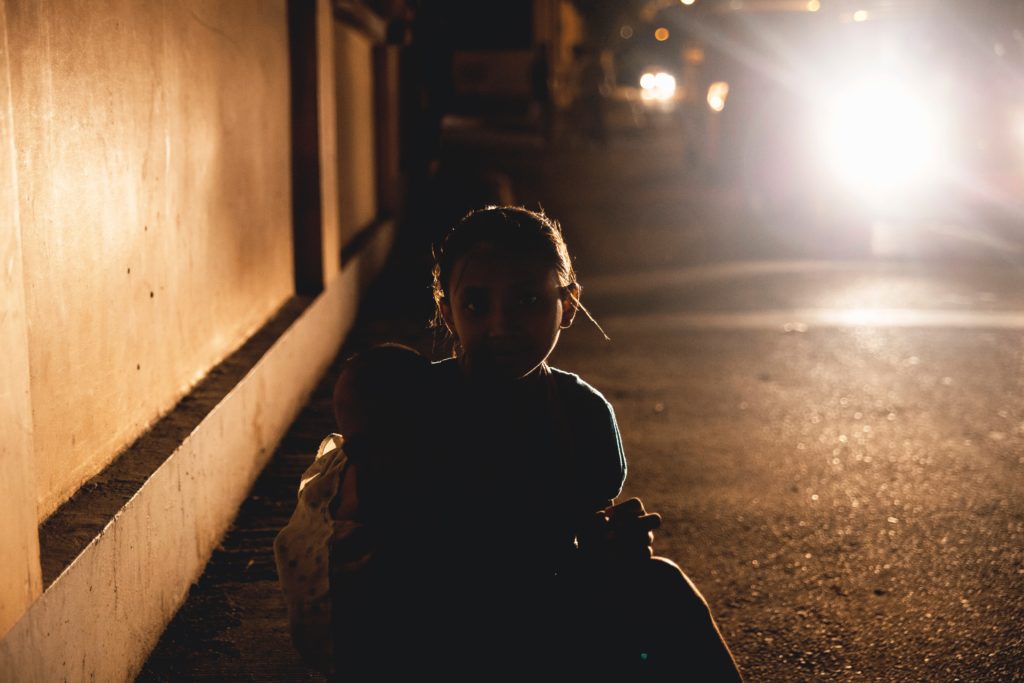Human trafficking has existed for hundreds of years. Within the past few decades, there have been significant efforts around the world to raise awareness and stop these crimes. And yet, very little progress has been made. The International Labor Organization estimates that 21 million people are currently victims of forced labor globally. So why is this problem not getting any better? And what needs to be done to start making real progress in the elimination of this modern-day slavery?
We must identify the root of the problem to start. Many nonprofits, government agencies, and other advocates are helping victims once they have been freed from their traffickers. But while these rehabilitating services are extremely necessary and should continue to grow and improve, focusing on the victims after they have been released is keeping us one step behind. According to UNICEF USA, there are three main factors that fuel human trafficking.
First, human trafficking is low risk and high reward. The International Labor Organization estimates that profits from human trafficking and forced labor are $150 billion annually– and very few traffickers are ever caught or punished. In other words, the costs are low, and the profits are extremely high. Which leads to the second fueling factor: supply and demand.

Human trafficking is the second most profitable illegal industry— second only to the drug trade. And while drugs are sold in one transaction, human beings can be sold over and over again, making the supply seemingly inexhaustible. Along with this, increasing demand from consumers for cheap goods incentivizes corporations to demand cheap labor, often forcing those at the bottom of the supply chain to exploit workers. As for sex trafficking, the increasing demand for commercial sex incentivizes the recruitment and exploitation of children.
Lastly, systemic inequalities make certain groups much more vulnerable to exploitation. Mass displacement, conflict, extreme poverty, lack of access to education and job opportunities, violence, and harmful social norms like child marriage are all factors that push individuals into situations of trafficking. People living in extreme poverty or in situations of desperation are more likely to accept risky job offers that ultimately lead to being trafficked. When girls aren’t allowed to learn, parents are more likely to sell their daughters to men for marriage. Ultimately, harmful social norms and systemic inequality fuel trafficking because traffickers target vulnerability. Traffickers look for people living in poverty, those who are desperate, those without legitimate job options, those without educational opportunities, and the ones looking for a way to escape violence.

So if we agree on these three main fueling factors of human trafficking, we must address each one in order to begin to fight the problem. We must increase the risk for human traffickers by advocating for legislation that increases penalties for traffickers and enhances protections for victims. We must take steps to decrease the demand for cheap labor by making ethical purchases and shopping for Fair Trade products, which are made without any contribution of child or slave labor. Similarly, we must find a way to deter the “customers” of commercial sex; whether through stronger punishments, rehabilitation programs to reduce the recidivism rate of those who solicit sex illegally, or a psychological approach to understanding and curbing the demand of commercial sex. And lastly, we must work to lessen vulnerabilities for children and families around the world. With less poverty, violent conflict, and social inequity and more education, job opportunities, and healthy social norms, it would be much more difficult for traffickers to exploit their victims.
Human trafficking is a huge and complex issue. It cannot be solved by one singular approach. This article itself can’t even begin to cover the vast, convoluted, and tangled web of what drives the success of human trafficking. But in order to begin to eliminate this global problem, we can at least try to tackle it at its roots. If we cut off its fuel, we can hopefully abolish human trafficking around the world and make this modern-day slavery an atrocity of the past.
